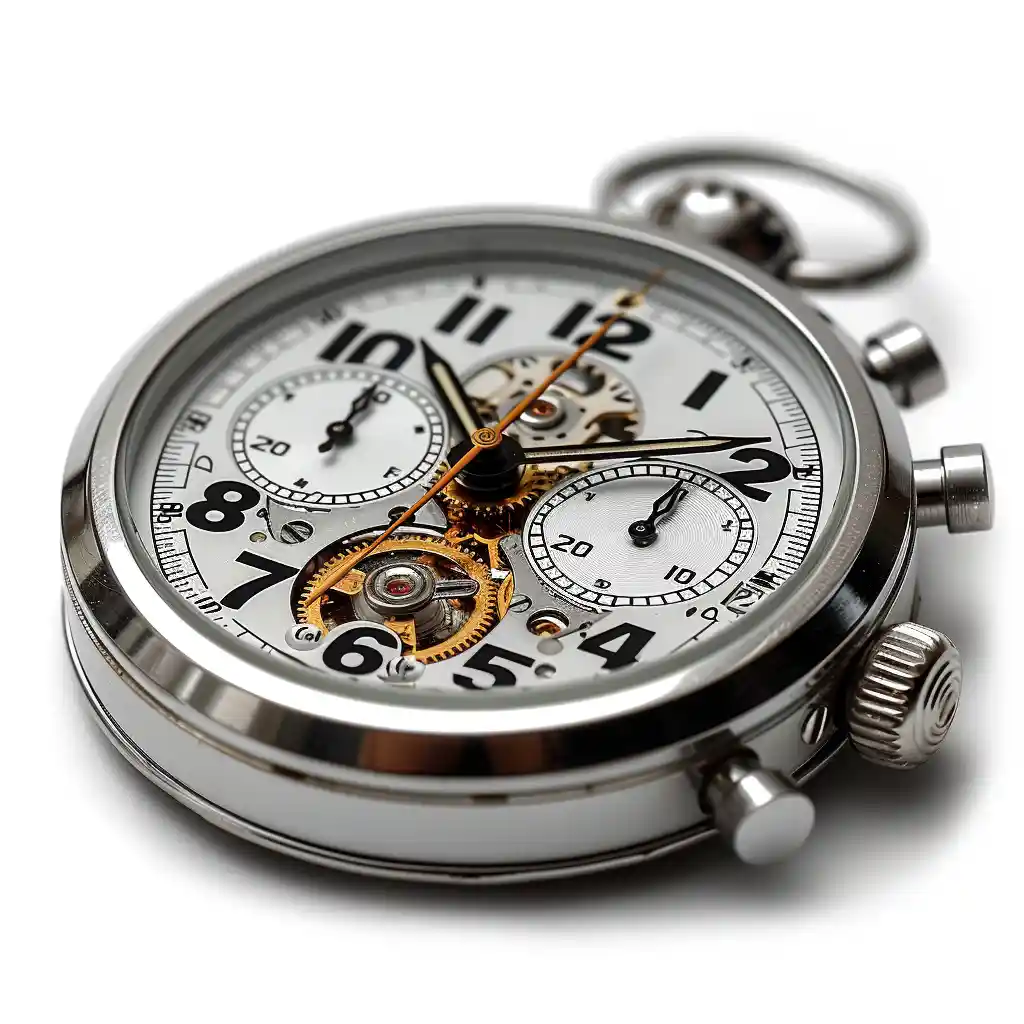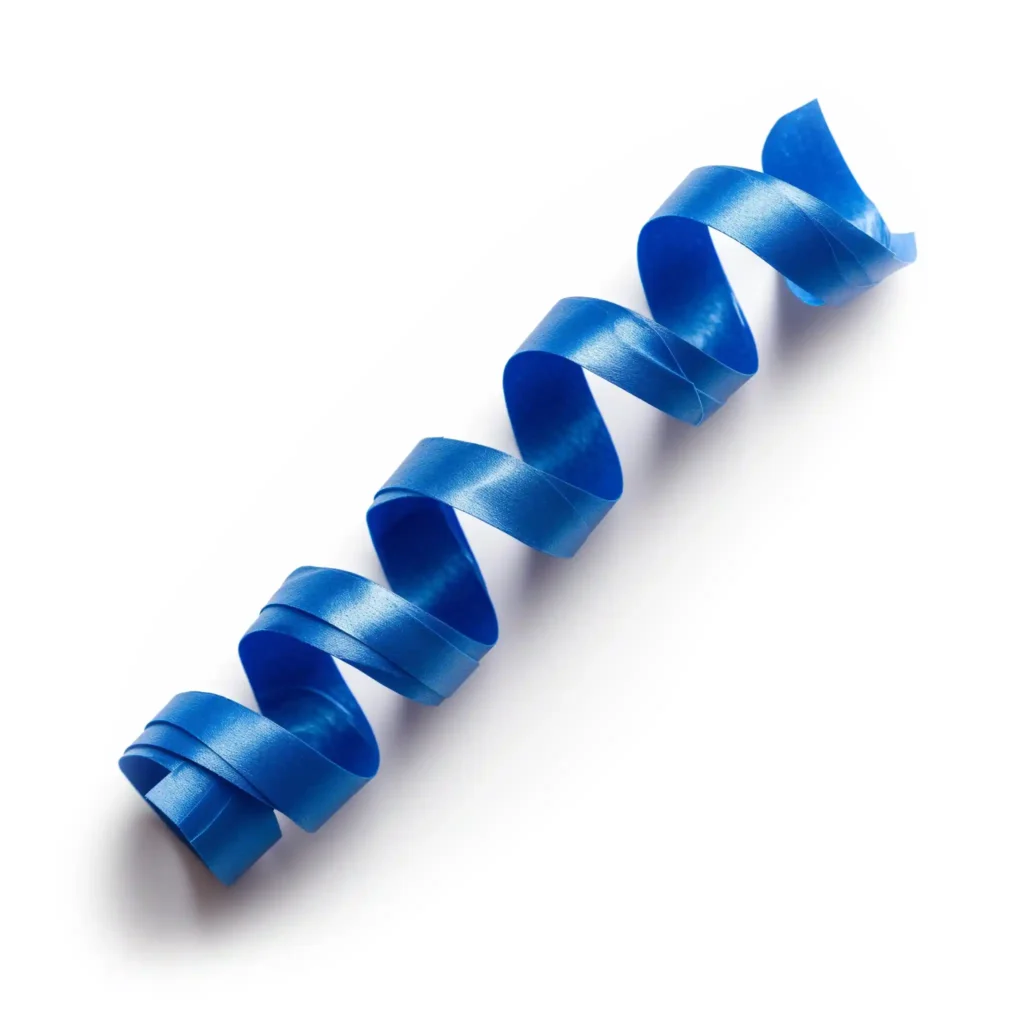Online Timer & Stopwatch
Found our Free Online Timer & Stopwatch useful? Bookmark and share it.

Measurements of Time
| Unit | Measurement | Description |
|---|---|---|
| Femtosecond | 10-15 seconds | One quadrillionth of a second |
| Picosecond | 10-12 seconds | One trillionth of a second |
| Nanosecond | 10-9 seconds | One billionth of a second |
| Microsecond | 10-6 seconds | One millionth of a second |
| Millisecond | 10-3 seconds | One thousandth of a second |
| Second | 1 second | Base unit of time in the International System of Units |
| Minute | 60 seconds | 60 seconds |
| Hour | 3,600 seconds | 60 minutes |
| Day | 86,400 seconds | 24 hours |
| Week | 604,800 seconds | 7 days |
| Month | Approx. 2,629,746 seconds | Approx. 30.44 days, varies by month |
| Year | Approx. 31,536,000 seconds | 365 days, except in leap years |
| Century | Approx. 3,153,600,000 seconds | 100 years |
| Millennium | Approx. 31,536,000,000 seconds | 1,000 years |
| Googol years | 10100 years | An extremely large number of years, not a standard unit |
How-to Guide: Using the Online Timer
Our easy-to-use online timer is designed to help you manage your time effectively, whether you are cooking, studying, working out, or engaging in any time-bound activity. Follow these simple steps to get started:
Starting the Timer
Access the Timer:
- Open your preferred web browser.
- Navigate to the timer page by typing the URL or clicking on a bookmarked link.
Set the Time:
- Initially, the timer displays
00h:00m:00s:00cs(hours, minutes, seconds, centiseconds). - You do not need to set a time manually; it starts from zero and counts up.
- Initially, the timer displays
Start the Countdown:
- Click the
Startbutton located in the center below the timer display. - The timer will begin to count the time upwards from zero, updating every centisecond.
- Click the
Pausing the Timer
Pause the Timer:
- If you need to pause the timer at any moment, simply click the
Pausebutton. - This button is found next to the
Startbutton under the timer display. - The time display will freeze at the moment you pressed pause.
- If you need to pause the timer at any moment, simply click the
Resume the Timer:
- To resume timing, click the
Startbutton again. - The timer will continue from where it stopped.
- To resume timing, click the
Resetting the Timer
Stop the Timer:
- To completely stop the timer and reset the time, click the
Resetbutton. - This button is located next to the
Pausebutton.
- To completely stop the timer and reset the time, click the
Reset the Display:
- Upon clicking
Reset, the timer will stop, and the display will revert to00h:00m:00s:00cs. - You can now start the timer again from zero whenever you are ready.
- Upon clicking
The History of the Stopwatch
The stopwatch, a tool indispensable in sports, science experiments, and everyday timekeeping tasks, has a rich history marked by technological advances and increasing accuracy in time measurement. This chronicle of the stopwatch not only reflects its evolution but also its impact on various domains, particularly in athletics and scientific research.
Early Beginnings
- 17th Century: The concept of a stopwatch began to materialize with the advent of mechanical clocks. Early versions, however, were not designed for accuracy in seconds.
- 1816: The first modern stopwatch was invented by Louis Moinet, a French horologist, for use in tracking astronomical objects. Moinet’s device was capable of measuring intervals as short as 1/60th of a second.
Development and Refinement
- 1820s: Nicolas Mathieu Rieussec developed the first marketed stopwatch, used by King Louis XVIII to time horse races. This version dropped ink onto the dial to mark elapsed time, which led to the device being called a “chronograph,” from the Greek words for time and writing.
- 1844: Adolphe Nicole refined the chronograph by incorporating a re-setting feature, which significantly enhanced its utility and marked a pivotal moment in its development.
Industrial Revolution and Mass Production
- Late 19th Century: With the Industrial Revolution, stopwatches became tools for efficiency studies, particularly in workplaces. The precise timing facilitated by these devices was crucial in optimizing mechanical processes and improving labor efficiency.
The 20th Century and Beyond
- 1910s to 1930s: The manufacturing of stopwatches expanded rapidly, with companies like Heuer (now TAG Heuer) leading the field. Heuer introduced stopwatches and chronographs that catered specifically to sports and industrial timing.
- 1960s: The advent of quartz technology represented another significant leap in accuracy and reliability. Quartz stopwatches could measure time more accurately than their mechanical counterparts and were less susceptible to mechanical wear.
- 1980s: The digital revolution introduced stopwatches with digital displays, which provided users the ability to read time quickly and with unprecedented clarity.
Modern Era
- 21st Century: Today, stopwatches are often integrated into multifunctional devices such as smartphones and sports watches, leveraging advanced digital technology. These modern versions feature capabilities like memory storage, which can record multiple lap times, and connectivity to upload data to computers or online platforms.

Timeline of the History of the Stopwatch
| Year | Event | Description |
|---|---|---|
| 1695 | Creation of the first stopwatch | The first stopwatch was invented by Samuel Watson, a watchmaker from England, allowing measurements of time in smaller increments. |
| 1816 | Introduction of the ink chronograph | Louis Moinet introduced the ink chronograph which could mark time intervals with ink, allowing for more precise time measurement in observations. |
| 1821 | Nicolas Mathieu Rieussec's chronograph | Nicolas Mathieu Rieussec developed a chronograph for King Louis XVIII of France to time horse races. It was the first to use a rotating face and a fixed needle. |
| 1844 | Adolphe Nicole’s refinement | Adolphe Nicole refined the chronograph by adding a re-setting feature, making it more practical for repeated timing. |
| 1889 | Breitling's Split-Second Chronograph | Breitling developed the "split-second" design, allowing the measurement of multiple competitors' times with a mechanism that stops one hand while the other continues. |
| 1910s | First wristwatch chronograph | The first wristwatch chronograph was produced, integrating stopwatch functionality into a more portable form. |
| 1913 | First Wristwatch Chronograph by Longines | Longines created the first wristwatch-type chronograph, revolutionizing the usability of chronographs for active professionals like pilots and racers. |
| 1916 | Heuer Mikrograph | Heuer released the Mikrograph, a stopwatch capable of 1/100 second measurements, making it the most precise of its time. |
| 1920s | Improvement and commercial production | During this period, companies like Heuer began mass production of stopwatches for use in sports, furthering their commercial availability. |
| 1923 | Breitling's Flyback Chronograph | Breitling introduced the flyback function in chronographs allowing users to reset the timer without stopping the measurement, ideal for continuous event timing. |
| 1929 | Longines Split-Second Wristwatch | Longines achieved another milestone with the creation of a split-second wristwatch, enhancing the functionality and portability of precise timekeeping. |
| 1934 | Two-Button Chronograph Mechanism | A new chronograph design divided the start/stop and reset functions between two separate buttons, improving accuracy and reliability under rigorous use. |
| 1960 | Introduction of the electronic stopwatch | The electronic stopwatch was introduced, significantly increasing accuracy and reliability over mechanical versions. |
| 1969 | Advent of Self-Winding Chronographs | Seiko, Zenith, and a joint effort by Heuer, Breitling, and Hamilton led to the creation of self-winding chronographs, combining convenience with precision. |
| 1970s | Digital stopwatch debut | The first digital stopwatch became available, providing direct readout in digits, simplifying use and improving precision. |
| 1975 | Seiko's Digital Chronograph | Seiko launched the world's first digital chronograph, a significant innovation that utilized LCD technology for clear and precise time display. |
| 1983 | Seiko's System Stopwatch with a Printer | Seiko released the first system stopwatch with a printer, marking a revolution in timekeeping technology with the ability to print timed results. |
| 1996 | Seiko Time Jac with Communication Function | Seiko introduced Time Jac, the first stopwatch with a transceiver, allowing synchronized start times and secret communication among multiple units. |
| 2000s | Smartphone integration | With the advent of smartphones, stopwatch functions were integrated into mobile devices, making them universally accessible. |
| 2014 | TAG Heuer's Pocket-Pro | TAG Heuer launched the Pocket-Pro, a digital stopwatch tailored for specific sports, featuring PC connectivity for data analysis. |
Disclaimer: The content provided on this webpage is for informational purposes only and is not intended to be a substitute for professional advice. While we strive to ensure the accuracy and timeliness of the information presented here, the details may change over time or vary in different jurisdictions. Therefore, we do not guarantee the completeness, reliability, or absolute accuracy of this information. The information on this page should not be used as a basis for making legal, financial, or any other key decisions. We strongly advise consulting with a qualified professional or expert in the relevant field for specific advice, guidance, or services. By using this webpage, you acknowledge that the information is offered “as is” and that we are not liable for any errors, omissions, or inaccuracies in the content, nor for any actions taken based on the information provided. We shall not be held liable for any direct, indirect, incidental, consequential, or punitive damages arising out of your access to, use of, or reliance on any content on this page.
Trusted By
Trusted by 3.2M+ Employees: 21 Years of Service Across Startups to Fortune 500 Enterprises
Join our ever-growing community of satisfied customers today and experience the unparalleled benefits of TimeTrex.










Strength In Numbers
Join The Companies Already Benefiting From TimeTrex
Time To Clock-In
Start your 30-day free trial!
Experience the Ultimate Workforce Solution and Revolutionize Your Business Today
- Eliminate Errors
- Simple & Easy To Use
- Real-time Reporting

Saving businesses time and money through better workforce management since 2003.
Copyright © 2025 TimeTrex. All Rights Reserved.
